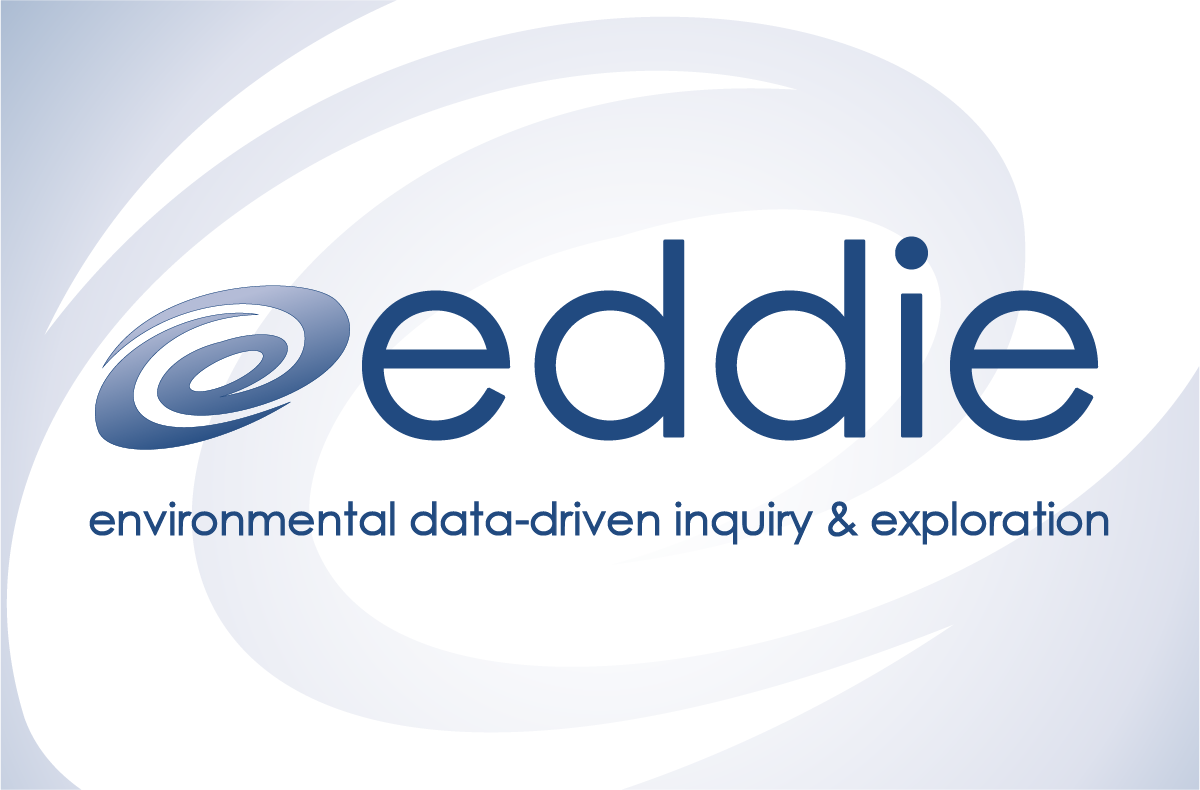Using the Project Eddie Module “Paleoclimate and Ocean Biogeochemistry” in the Upper-Division Undergraduate Course “Climate and the Earth System”
Author(s): Alessandro Zanazzi
Utah Valley University
464 total view(s), 338 download(s)
24_Paleoclimate and Ocean Biogeochemistry.pptx(PPTX | 55 MB)
Implementation Plan_Alessandro Zanazzi.docx(DOCX | 22 KB)
In Class Activity_24.docx(DOCX | 35 KB)
In Class Activity_24_key.docx(DOCX | 80 KB)
In Class Activity_25.docx(DOCX | 32 KB)
In Class Activity_25_key.docx(DOCX | 117 KB)
- Paleoclimate and Ocean Biogeochemistry
- License terms
Description
Students first explore maps of the modern concentration of macronutrients (N and P), of the Redfield ratio, and of chlorophyll in the world oceans to identify the high nutrient low chlorophyll areas. Subsequently, they work with paleodatasets on productivity from the Southern Ocean and from the Equatorial Pacific, atmospheric pCO2 from ice core bubbles, benthic foraminifera oxygen isotope ratios, authigenic Uranium to investigate connections between ocean productivity, atmospheric chemistry, temperature, and ice volume at glacial-interglacial timescales. Students focus on developing hypothesis about these connections, on creating scatter and time-series plots, on comparing datasets, and on calculating correlation coefficients and p-values.
Notes
Originally, I planned to make only very small adaptations to the module material. After skimming through the module, I liked the way the material was organized and prepared. I simply planned to give some additional instructions to the students in the handout about how to use Excel to make plots and how to use its Data Analysis ToolPack. However, before implementing the module, I went through the material more carefully and read the literature that was associated with the module. Something did not make sense. In the ppt slides that came with the module it was implied that alkanes were used as a proxy for marine primary productivity. In contrast, the articles reported that alkanes are a proxy for terrestrial inputs. I therefore contacted the author of the module (Dr. Allison Jacobel) and she realized that she included in the module the alkane dataset of Martinez-Garcia et al (2011) instead of the alkenone one of Martinez-Garcia et al (2014). Therefore, I corrected the slides and substituted the Martinez-Garcia et al (2011) dataset with that of Martinez-Garcia et al (2014). Allison also contacted the Project Eddie staff and requested the correction of the module in the website. The module has now the right datasets. The conclusions of the module did not change substantially.
Cite this work
Researchers should cite this work as follows:
- Zanazzi, A. (2023). Using the Project Eddie Module “Paleoclimate and Ocean Biogeochemistry” in the Upper-Division Undergraduate Course “Climate and the Earth System”. Project EDDIE Spring 2023 FMN, QUBES Educational Resources. doi:10.25334/5BMH-Y420
